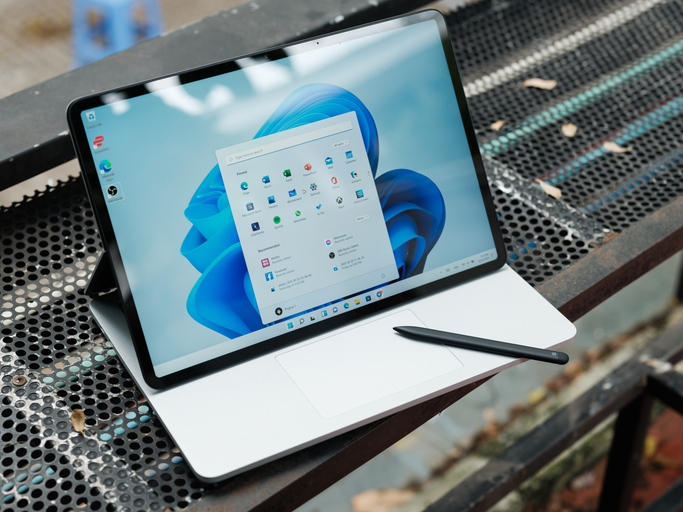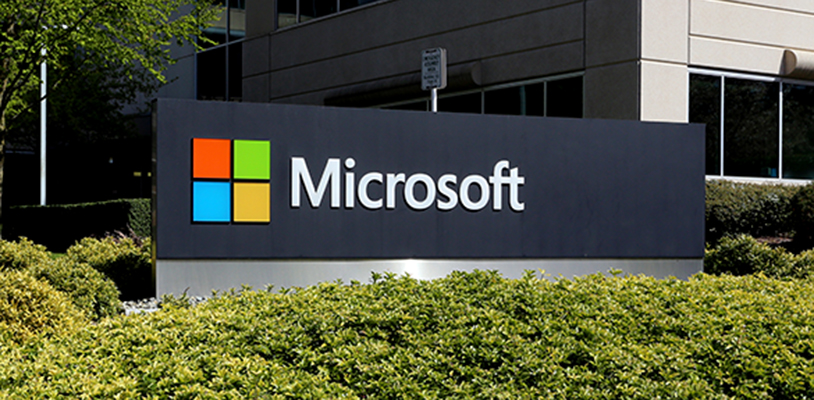Microsoft Through The Decades
Since its founding in 1975, Microsoft has shaped the technology industry with groundbreaking innovations, from operating systems to gaming consoles and cloud computing. With each decade, the company introduced iconic products that transformed how people interact with computers and digital services. Let’s take a journey through Microsoft’s evolution, decade by decade.
What Did Microsoft Produce in the 70s?
The Beginning (1975–1979)
Microsoft was founded on April 4, 1975, by Bill Gates and Paul Allen in Albuquerque, New Mexico. Initially, it wasn’t a household name but a small software company focused on creating programming languages for early personal computers.
Key Products of the 1970s:
- Altair BASIC (1975): Microsoft’s first product, a version of the BASIC programming language for the Altair 8800, an early personal computer.
- Microsoft FORTRAN (1977): A programming language developed for scientists and engineers.
- Microsoft COBOL (1979): Used for business applications and enterprise computing.
At this stage, Microsoft focused purely on software, but its success in programming languages set the foundation for future innovations.
What Is the Oldest Microsoft Computer? (1980s)
MS-DOS and Windows Take Over (1980–1989)
The 1980s marked Microsoft’s transition from a small software company to a tech powerhouse. In 1981, the company partnered with IBM to develop MS-DOS (Microsoft Disk Operating System), which became the foundation for personal computing.
Key Products of the 1980s:
- MS-DOS (1981): The operating system that powered IBM’s first personal computer.
- Microsoft Word (1983): One of the earliest word processors for personal computers.
- Windows 1.0 (1985): Microsoft’s first graphical operating system, introducing a user-friendly interface.
- Windows 2.0 (1987): Improved upon Windows 1.0 with better multitasking and expanded features.
While Windows 1.0 was not an immediate success, it set the stage for the Windows revolution that would dominate the next decade.
Related: How Microsoft became a tech giant!
Related: What Is Apple's Business Strategy and their biggest pitfalls?
Related: Zhang Yiming's Business Strategies: How He Built ByteDance Into a Global Powerhouse
What Was Microsoft’s Most Popular Product in the 90s?
The Windows Boom (1990–1999)
The 1990s were a golden era for Microsoft, as Windows became the dominant operating system for personal computers. Microsoft also expanded its reach into office productivity software, web browsing, and gaming.
Key Products of the 1990s:
- Windows 3.0 (1990): The first widely successful version of Windows, introducing improved graphics and usability.
- Microsoft Office (1990): A software suite that included Word, Excel, and PowerPoint, becoming essential for businesses.
- Windows 95 (1995): A major leap forward, introducing the Start menu, taskbar, and plug-and-play hardware support.
- Internet Explorer (1995): Microsoft’s entry into the web browser market, competing with Netscape Navigator.
- Windows 98 (1998): Improved support for the internet, USB devices, and multimedia applications.
Windows 95 was a cultural phenomenon, with people lining up at stores to purchase it. The 1990s solidified Microsoft as the most powerful tech company in the world.
What Did Microsoft Invent in the 2000s?
Expansion into Gaming and Mobile (2000–2009)
While Microsoft dominated the software market, the 2000s saw it branch out into gaming, search engines, and mobile computing. The company also faced legal challenges, including an antitrust lawsuit in the U.S.
Key Products of the 2000s:
- Windows XP (2001): One of the most beloved versions of Windows, known for its stability and user-friendly interface.
- Xbox (2001): Microsoft’s entry into gaming, competing with PlayStation and Nintendo.
- Windows Server 2003 (2003): A major product for enterprise computing.
- Windows Vista (2006): Introduced a new look but was criticized for performance issues.
- Xbox 360 (2005): One of the best-selling gaming consoles of its generation.
- Bing (2009): Microsoft’s search engine, launched to compete with Google.
Despite setbacks like Windows Vista, Microsoft remained a leader in both software and gaming, thanks to the success of Xbox and Windows XP.
What Microsoft Products Came Out in the 2010s?
Cloud Computing and Surface Devices (2010–2019)
The 2010s saw Microsoft shift its focus from traditional software to cloud computing and hardware. Under new CEO Satya Nadella (2014), the company embraced Azure, AI, and subscription-based services.
Key Products of the 2010s:
- Microsoft Azure (2010): A cloud computing platform competing with Amazon Web Services (AWS).
- Office 365 (2011): A cloud-based subscription model for Microsoft Office.
- Windows 8 (2012): Introduced a touch-friendly design but received mixed reactions.
- Xbox One (2013): A new generation of gaming with improved online connectivity.
- Windows 10 (2015): A return to the traditional Start menu and improved performance.
- Surface Devices (2012–2019): Microsoft entered the hardware market with the Surface lineup, including tablets and laptops.
With Azure, Microsoft became a leader in cloud computing, helping businesses move to online services. The Surface devices also proved that Microsoft could compete in hardware innovation.

What Are Microsoft’s Latest Innovations? (2020s-Present)
AI, Cloud, and Gaming Dominance (2020–Present)
Microsoft continues to evolve, embracing artificial intelligence, cloud computing, and gaming as its key pillars.
Key Products of the 2020s:
- Microsoft Teams (2020): Became essential during the COVID-19 pandemic for remote work.
- Windows 11 (2021): A refreshed design with enhanced security and gaming features.
- Xbox Series X/S (2020): The most powerful gaming consoles in Microsoft’s history.
- Acquisition of Activision Blizzard (2023): Strengthened Microsoft’s dominance in gaming.
- AI Integration (2023–2024): Microsoft invested in OpenAI and integrated AI tools into products like Bing, Office, and Windows.
As of today, Microsoft continues to lead in AI, gaming, and enterprise software, ensuring it remains a dominant force in the tech industry.
Microsoft’s Impact on Technology
From Altair BASIC in the 70s to AI-driven innovations in the 2020s, Microsoft has consistently evolved with the times. Whether through Windows, Office, Xbox, or Azure, the company has shaped the way we use technology.
With its continued investments in AI, gaming, and cloud computing, Microsoft is poised to remain a global tech giant for decades to come.









